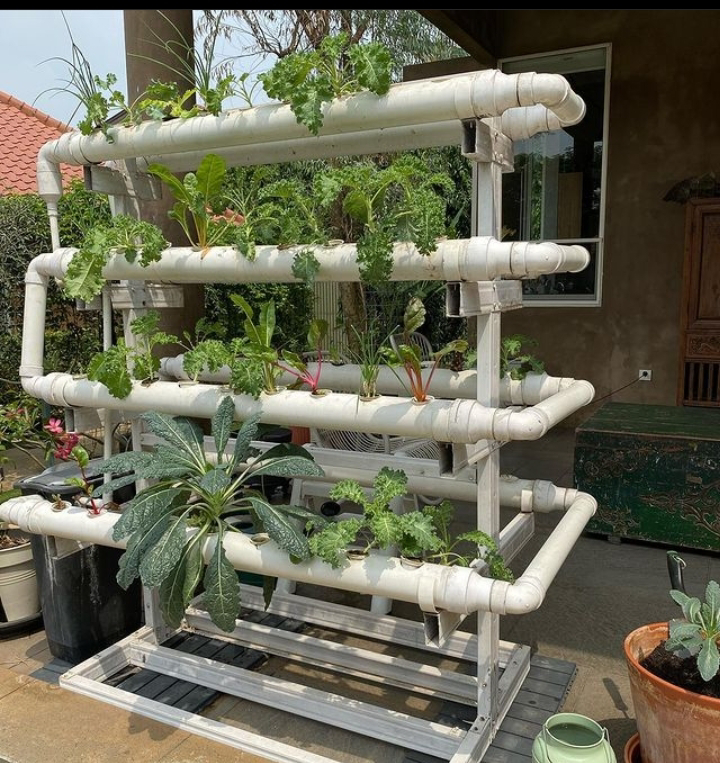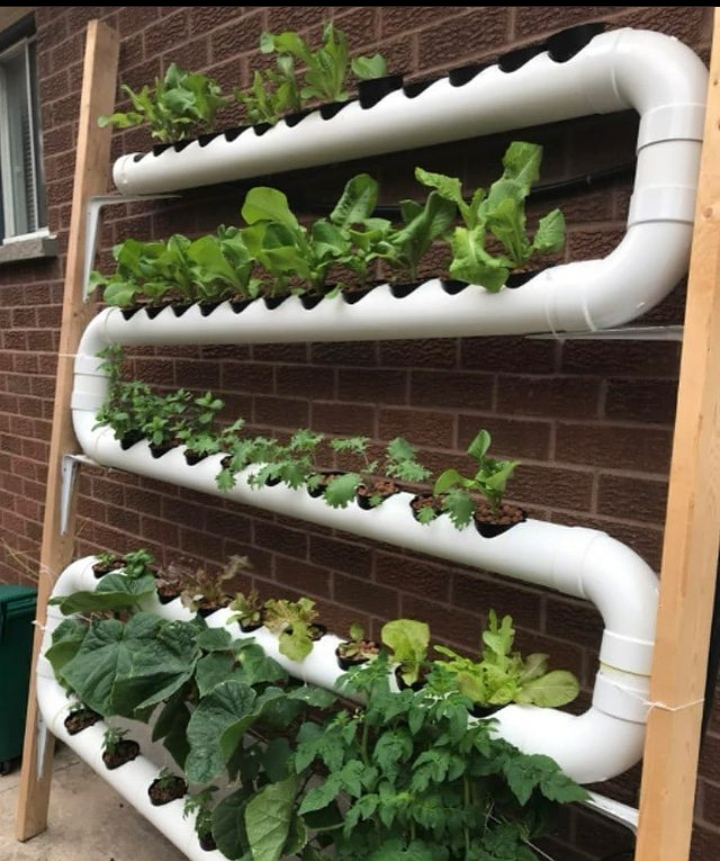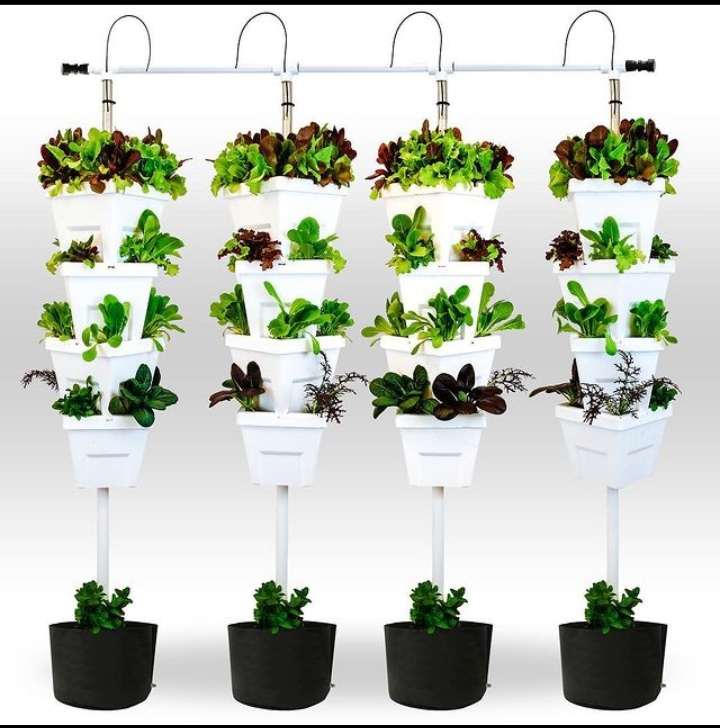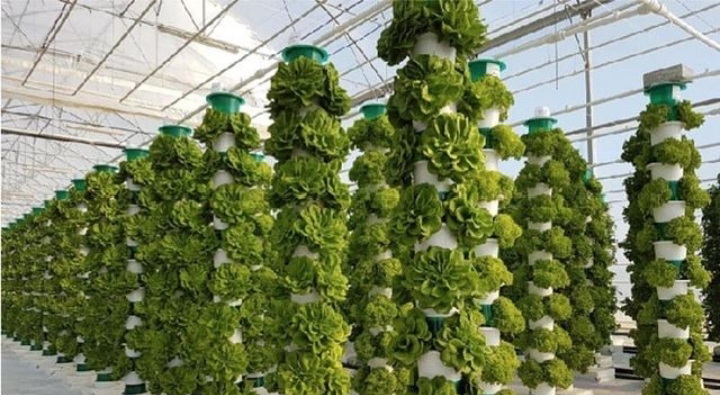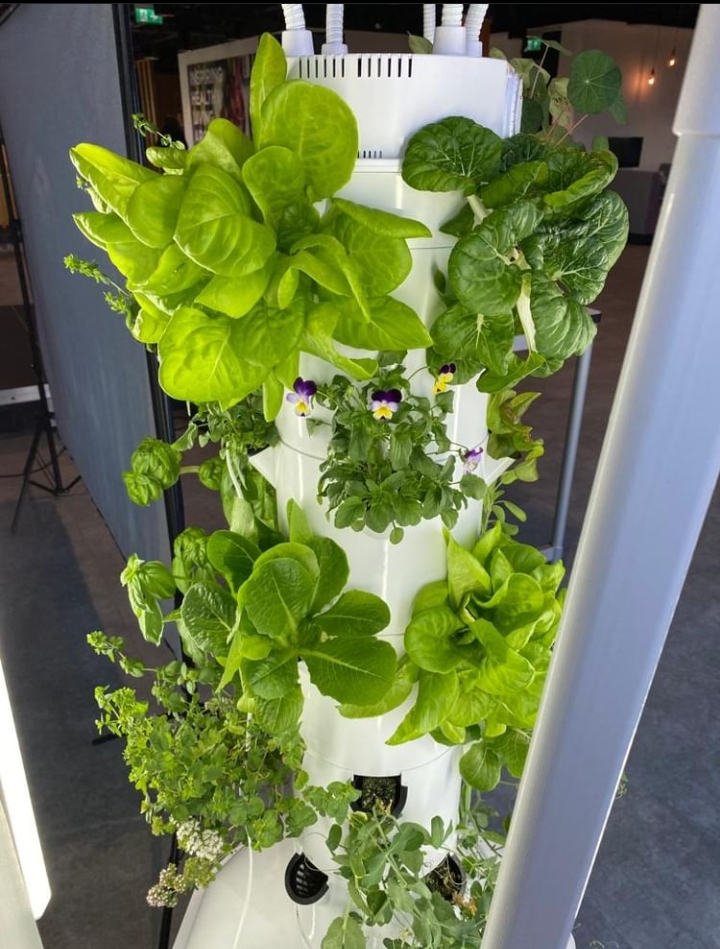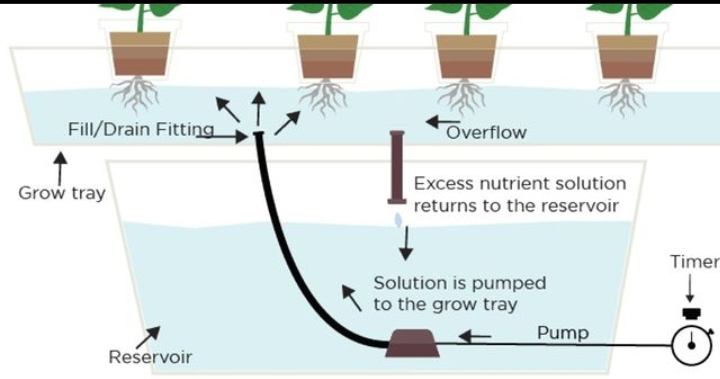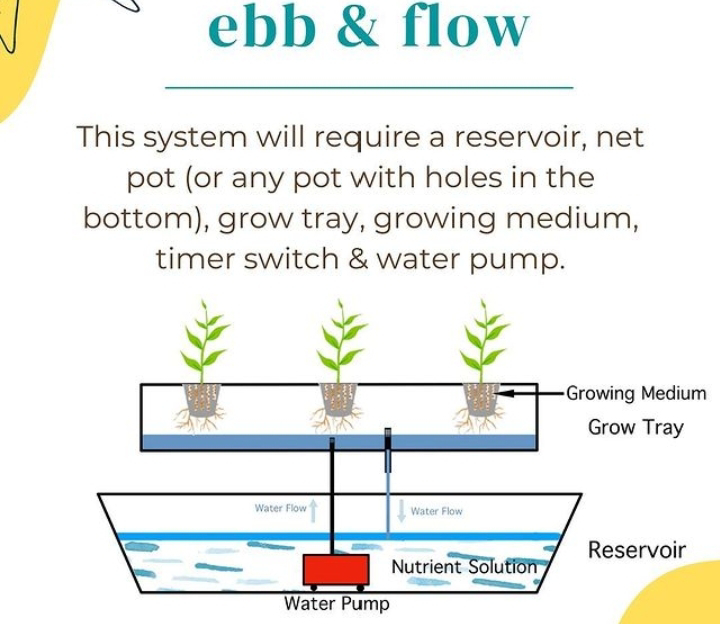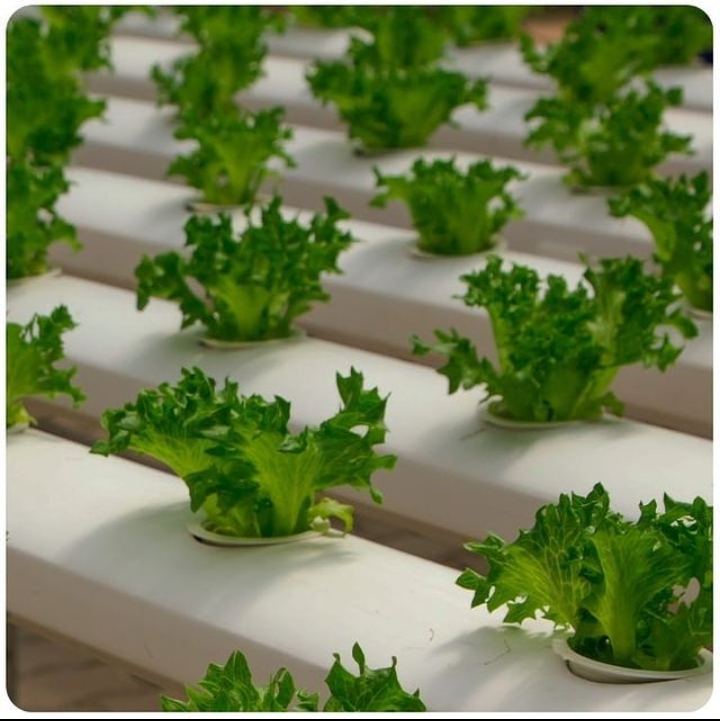Here are 98 tips for hydroponic farming:1. Start by researching and understanding hydroponic systems and techniques.
2. Choose a suitable location with adequate light and temperature control.
3. Select the right type of hydroponic system for your crops and space.
4. Ensure good water quality by using filtered or purified water.
5. Monitor and maintain proper pH levels for optimal nutrient absorption.
6. Keep a log of your hydroponic system's performance and adjustments made.
7. Use high-quality, nutrient-rich hydroponic solutions for your plants.
8. Regularly check for nutrient deficiencies and adjust accordingly.
9. Clean and sanitize your hydroponic system regularly to prevent algae and bacterial growth.
10. Use a timer to automate the watering schedule for your plants.
11. Install a backup power supply to avoid disruptions during power outages.
12. Use a nutrient film technique (NFT) system for quick-growing plants like lettuce and herbs.
13. Implement a deep water culture (DWC) system for growing larger plants like tomatoes and peppers.
14. Consider using an ebb and flow system for root zone aeration and nutrient uptake.
15. Opt for a drip irrigation system for precise nutrient delivery to each plant.
16. Insulate your hydroponic setup in colder climates to maintain proper temperatures.
17. Use hydroponic-friendly substrates like rockwool, clay pellets, or coco coir.
18. Regularly check and clean hydroponic system pumps and filters.
19. Introduce beneficial insects or biological controls to manage pests naturally.
20. Provide proper support for vertical growth crops to avoid damage and promote healthy growth.
21. Train plants early on to control their shape and encourage higher yields.
22. Use reflective materials around the growing area to maximize light exposure.
23. Implement a trellis system for climbing plants like cucumbers and beans.
24. Monitor and maintain optimal humidity levels to prevent mold and mildew growth.
25. Consider using hydroponic additives to enhance plant growth and flowering.
26. Prune and remove dead leaves to improve air circulation and prevent disease spread.
27. Implement a light schedule suitable for each plant's growth stage.
28. Install a pH controller to automate pH adjustments as needed.
29. Test your hydroponic system's water quality regularly to ensure nutrient balance.
30. Avoid over-fertilizing, as it can lead to nutrient lockout and plant stress.
31. Integrate a CO2 enrichment system to boost plant growth.
32. Use shade cloth during hot periods to protect plants from excessive heat.
33. Keep a record of plant growth milestones to track progress and make improvements.
34. Maintain appropriate spacing between plants to prevent overcrowding.
35. Introduce aeration in the nutrient solution to improve root health.
36. Use a water chiller in warmer climates to maintain optimal water temperature.
37. Integrate a water heater to prevent temperature fluctuations during colder months.
38. Train yourself in recognizing common plant diseases and their treatments.
39. Implement a pest management plan to deal with unwanted insects effectively.
40. Monitor and adjust light intensity as plants grow to avoid burning or stretching.
41. Regularly inspect the roots for signs of root rot or other issues.
42. Consider using a reverse osmosis system to purify water for hydroponics.
43. Use a separate reservoir for each nutrient solution component to prevent precipitation.
44. Avoid using metal containers for nutrient solutions to prevent potential toxicity.
45. Consider vertical farming for maximizing space and increasing yields.
46. Use hydroponic-friendly plant varieties suited for your climate and system.
47. Install temperature and humidity monitors to keep conditions in check.
48. Provide proper ventilation to maintain a healthy environment for plant growth.
49. Automate nutrient solution mixing and delivery for consistent plant feeding.
50. Implement a float valve system to maintain consistent water levels in the reservoir.
51. Consider implementing a hydroponic system with a recirculating water feature.
52. Implement a water level indicator to monitor water levels in the system.
53. Use net pots to securely hold plants in place while allowing roots to grow freely.
54. Create a maintenance schedule for regular system checks and adjustments.
55. Inspect and clean hydroponic system components thoroughly during downtime.
56. Rotate crops in different hydroponic systems to avoid nutrient depletion.
57. Use organic hydroponic nutrients for eco-friendly farming practices.
58. Experiment with different hydroponic techniques to find the most suitable one for your needs.
59. Monitor and control temperature fluctuations in the root zone for healthy root growth.
60. Inspect water pumps and air stones regularly to ensure proper functioning.
61. Use shading devices during intense sunlight periods to protect delicate plants.
62. Integrate a rainwater collection system to supplement your water supply.
63. Implement a root zone heating system for faster plant growth during colder months.
64. Avoid using tap water high in chlorine or other harmful substances.
65. Use plant-safe LED grow lights for energy-efficient and effective plant growth.
66. Implement an automatic pH dosing system to maintain stable pH levels.
67. Monitor and control EC levels to ensure proper nutrient concentration for plants.
68. Introduce a pest exclusion netting to keep unwanted insects away from crops.
69. Use a hygrometer to monitor and maintain proper humidity levels.
70. Train plants to grow in a particular direction to optimize space utilization.
71. Introduce mycorrhizal fungi to enhance nutrient absorption and root health.
72. Use a light mover system to distribute light evenly across all plants.
73. Provide support for fruit-bearing plants to prevent stem breakage under heavy loads.
74. Implement a drip-to-waste system for better nutrient management and control.
75. Use light reflectors to ensure maximum light penetration throughout the canopy.
76. Integrate an automatic nutrient dosing system to maintain precise nutrient levels.
77. Rotate the water reservoir periodically to avoid uneven plant growth.
78. Use a water-testing kit to check for any nutrient imbalances regularly.
79. Monitor and control relative humidity levels during the flowering stage to prevent mold.
80. Implement an ozone generator for sterilizing the water and preventing algae growth.
81. Integrate CO2 supplementation during the flowering stage to enhance yields.
82. Provide support for tall or heavy plants to prevent them from toppling over.
83. Consider using beneficial bacteria products to promote a healthy root zone.
84. Create a daily task list to stay organized and on top of your hydroponic garden.
85. Use a separate quarantine area for new plants to prevent introducing pests.
86. Implement a drip irrigation system with pressure regulators for consistent water flow.
87. Provide shade for young seedlings to prevent stress from intense light.
88. Use an air pump to improve oxygenation in the nutrient solution.
89. Train plants to grow horizontally for better light distribution and airflow.
90. Implement a light and dark cycle for plants that require specific photoperiods.
91. Use hydrogen peroxide as a natural way to control algae growth in the reservoir.
92. Monitor plant growth rates to identify any potential issues early on.
93. Integrate an automatic timer to control the light cycle for different plant stages.
94. Install a backup water supply system to avoid running out of water.
95. Use a root zone thermometer to monitor temperature variations at the roots.
96. Regularly check for pests on the underside of leaves and stems.
97. Experiment with different nutrient combinations to find the ideal formula for your crops.
98. Implement a water circulation system to prevent stagn




